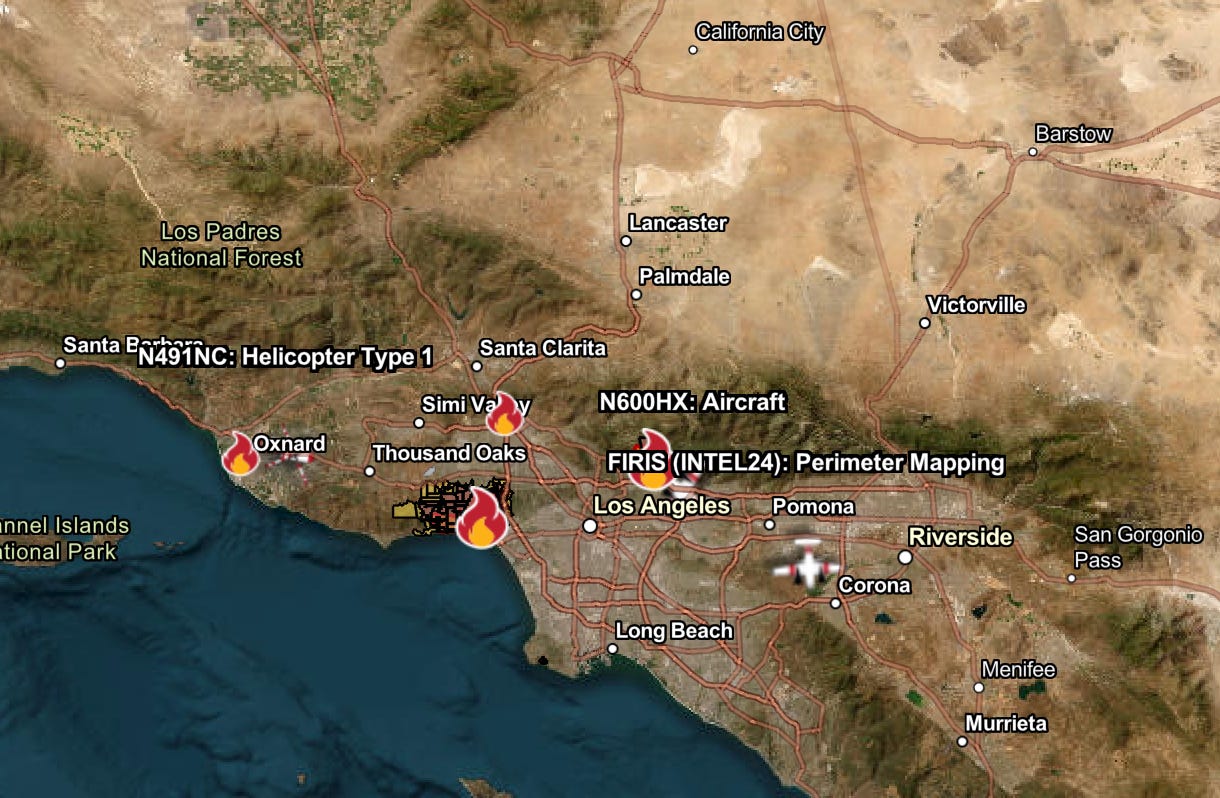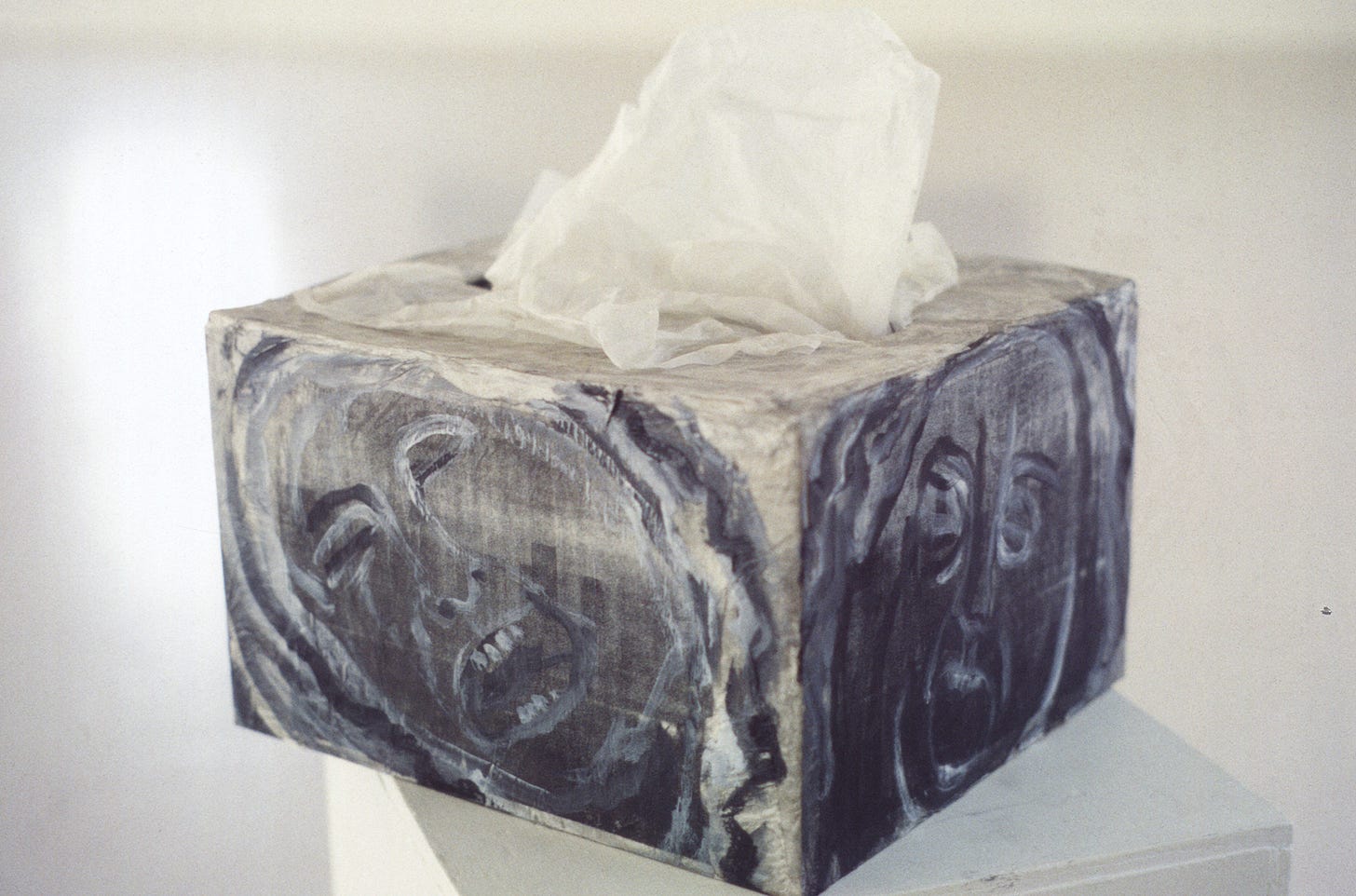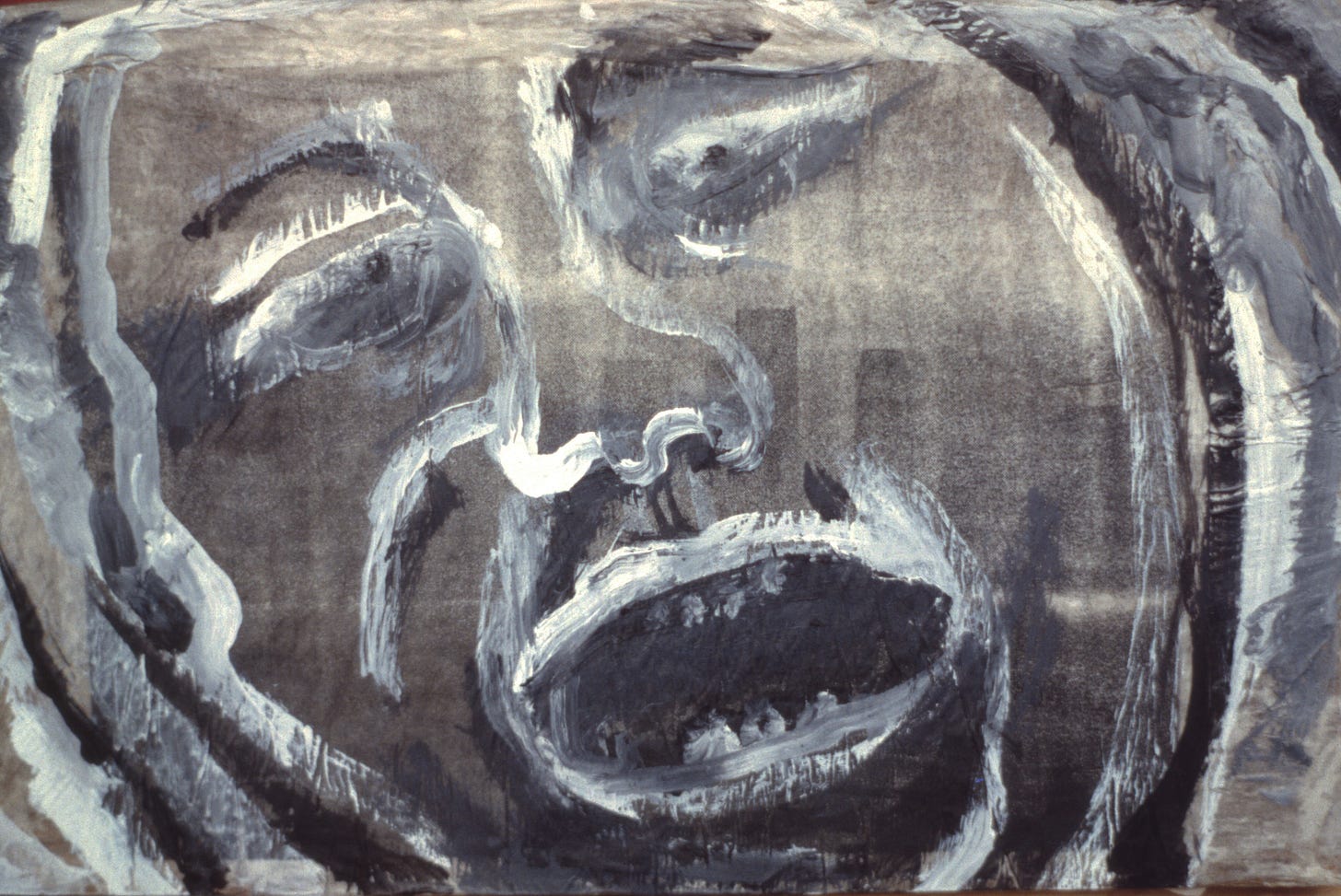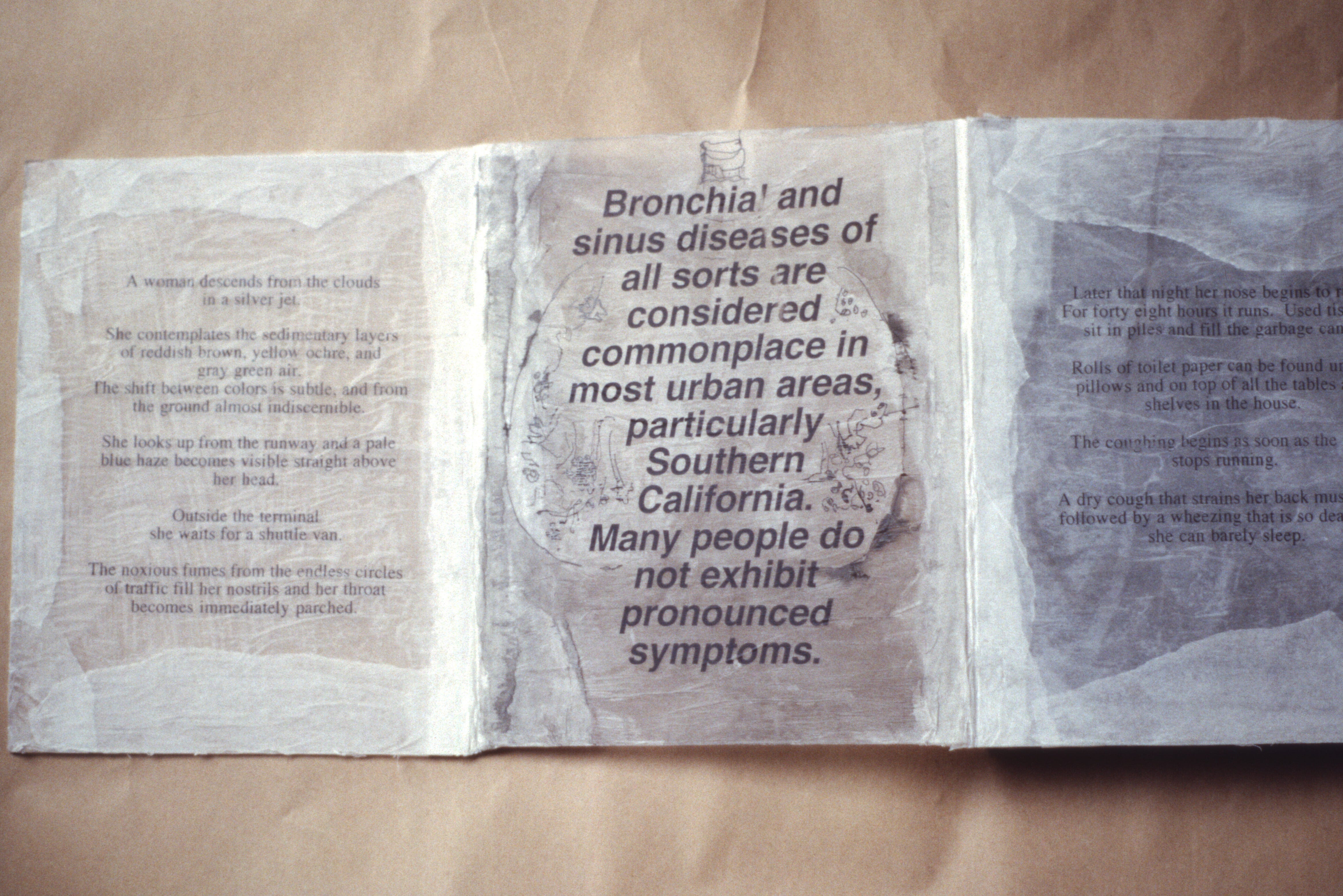Originally titled, “Reconstructing Faith” September 2024, this prescient ink & watercolor image, needs to be renamed as the fires continue in southern California. “May Karma be offered up to those who are benefiting from this tragedy.”
Last Friday morning, in my online writing workshop, a fellow writer who lives in Los Angeles, spoke about the mixed feelings she has about losing the house she loved. She had sold her beloved house in the Pacific Palisades this past fall due to the economic losses within her industry and her increasing economic vulnerability. She was a television screen writer and that industry, like so many others in Hollywood, has tanked due to AI. When she learned that her former house had burnt to the ground, she still found herself mourning that loss. Griefs can accumulate and be collective; even though she was clearly fortunate to have left the house behind before the fires, she demonstrated that grief has many layers
As I correspond with friends in LA, it seems that each one of them is being asked to deal with and adjust to losses that are, in most cases, incalculable. And some of these friends have no resources that would allow them to leave town. Others are finding grounding in community, by volunteering, listening to neighbors stories, networking online, providing refuge to those without shelter, and meditating with the trees around them, and that is all heartening to hear. I’m glad that there are free N-95 masks being distributed, knowing well how that polluted air can damage lungs and immune systems. I wonder whether we can learn some lessons from this disaster, since this weather catastrophe represents one of many that have already occurred and from my understanding, it appears that we are sitting on Ground Zero.
Like so many who are caught in the web of shock that radiates out from LA, I have been very distracted for the past week. Concentration has been almost inaccessible except when I am away from screens. Partly what has triggered my response & doom-scrolling is the fact that I lost most of my life’s belongings in a fire when I was about to turn 20 years old. I remember the sensation of climbing up the stairs in my friends’ duplex rental, where I was just spending the night before moving into another apartment with some college friends, and being pushed back down the stairs by a huge wave of smoke & heat. I didn’t believe my ex-boyfriend when he shouted “the place is on fire.” I thought my camping skills would extinguish the fire that started when some guys who had broken into the apartment, threatening us with guns, threw lit matches into my open suitcase in the attic bedroom. They were pissed because we were broke students and had little to offer them other than a joint or two. After we were certain that mask-wearing & gun-toting guys had left the apartment, we went looking to see what damage had been done. In my youthful naïvity, I thought that I found just the right thing to knock out the flames upstairs: a thick, wool blanket. I didn’t know that a room already filled with smoke and flames had other ideas. Lesson learned.
The stench of a burned down house is deeply resonant for me. Sitting in my home office right now, I can conjure it up and multiply it by thousands as I scroll through the emotionally wrenching stories accumulating in social media. Of course, what I experienced in my youth, with the flames consuming 6 boxes of belongings, cannot be compared with the huge losses that have befallen thousands of LA residents. I only hope that they can find the mutual aid and community support that will help them recalibrate over time.
I was just in LA, briefly, last month to help my son relocate from Orange County to Santa Barbara. As I stood at the car rental desk at LAX and considered the route we would take going north, I learned that a fire in Malibu (The Franklin Fire) had just started that morning. So I discarded my plans for a relaxing, memory-invoking journey up the Pacific Coast Highway. Instead, we took the inland route which was much faster, but not quite as visually compelling. Since the fires, my memory bank of romantic drives up the coast has been usurped by drone footage of the terrible wreckage cluttering that route.
This morning’s fire map (1/16/2025) - https://www.fire.ca.gov/incidents
I have been thinking about the amazingly welcoming community that I had in LA from 1986-1995, and all the regrets I had for years when I had to leave that art world. It wasn’t easy at the beginning, but within in a year or two, I was charmed and inspired by the really supportive energy that came from the culture of the Woman’s Art Building and other folks. The late Jacki Apple, in particular, who I knew from my NYC days, softened my entry into this new realm. Overtime, my networking helped get funding from the state of California (Lottery funds) and invitations to exhibit in many university galleries and alternative spaces. I was able to experiment and create new interactive installations about consumerism, satires about the numbness and denial that I saw in the local, dominant culture, and create new work about nightmares about the future and antidotes to the latter. More than a few of my paintings and drawings from that time were about LA burning and the air quality.
The Nightmare Quilt, painted canvas & jute twine, displayed on bed in many locations, positive dreams for the future were on the opposite side, 1988.
Yet the life we had there then, as good as so many parts of it were, was overtaken by the physical damage that aerial spraying of pesticides and the particulate from freeways, fires, and refineries was doing to my lungs and immune system. After the fires caused by the LA Uprising (in response to the verdict on the Rodney King case) and after being shaken out of bed by the Northridge earthquake, fears had begun to accumulate in my body. With chronic asthmatic bronchitis, I could no longer drive, give talks without violent coughing fits, or imagine any sort of healthy existence in the foreseeable future. Only leaving town offered a remedy, as I discovered when Bob and I went to teach in Vermont for a month every summer. During the first week, I could barely climb steps, but by the third week in residence, I was able to climb a mountain. The cure seemed simple.
Soon after I read Octavia Butler’s Parable of the Sower, about what she imagined for us in 2025 (LA was on fire and a version of MAGA was in power), we knew it was time to leave. I felt her words deeply in my bones, on top of the moment to moment messaging that my asthmatic breath was giving me. The last project that I exhibited before leaving town was called, OUT OF BREATH. So in 1995, I took a leave from my tenured job and never returned. We packed up our little house in Venice, and moved with two cats and our 6-week old son to a rural village in western Massachusetts.
Unfortunately, my images of OUT OF BREATH are not great.They are all scanned slides and none of them show you the full artist’s book (13 pages) as it sat in the gallery. It was an accordion book that hung about the surreal tissue box like a smog cloud. The tissue box also invited people to insert their own story about struggling for breath.
In recent years, Octavia Butler’s books have gained new attention and that alone gives me hope that more and more folks are waking up to finding healing pathways for us and the ecosystem. The podcast, Octavia’s Parables, hosted by adrienne maree brown and Toshi Reagon came out in 2021. They read and discussed every chapter of the Parables, and went on to read several other books of hers over the years. It was a rich place to land during the pandemic and will continue to offer useful ways to process what we’re going through. A bookstore in her name, Octavia’s Bookshelf, in Pasadena near the Eaton fire is offering mutual aid of all kinds.
“The 1993 novel, set uncannily in 2025, follows the young Lauren Olamina as she evacuates her fire-ravaged Los Angeles suburb while America teeters into utter societal and climate collapse. (Owner of Octavia’s Bookshelf, Nikki) High, sees the novel as equal parts inspiration and warning: “So much about Parable of the Sower was rebuilding,” she says. “Lauren Olamina left a blueprint.” On Saturday morning, the Los Angeles Times reported that the Altadena cemetery where Butler is buried had caught fire.”
adrienne mare brown & her sister autumn just posted a new podcast addressing the need for solidarity in this time.
A couple of weeks ago, I met a friend, a former colleague, for drinks. We hadn’t chatted for months, and I asked her about her upcoming courses for this quarter. She’s an innovative communications professor, teaching in a very interdisciplinary way. She told me that her next offering would focus on the way the media frames the climate emergency. She asked me if I had read The Great Derangement by Amitav Ghosh. I told her that it had been sitting on my night table for about 4 years, waiting to be cracked open. We decided to read the book in the next few weeks and meet again to discuss our insights.
I shared with her some of my intentions for the online program I’m facilitating, “Art Medicine for Catastrophic and Transformative Times” and that provoked her to say, “Do you realize that the art market has completely collapsed?” I was amused by her remark. The art market has never interested me and has little to do with what my workshops are attempting to provoke. I realized that the gulf between those who know what art is seen as in our current society and what it needs to be for the times ahead is HUGE, but I intend to work with others to fill in the blanks. We need to work collectively to create solidarity if we’re going to make it through “The Long Dark” (to quote Frances Weller) ahead, and art as it has been conceived outside of the marketplace, as ritual, story, ceremony, discobedient and celebratory intervention are ways to do it.
Deena Metzger, a wonderful elder writer, who has lived in Topanga Canyon for decades, has this to say about the fires she’s witnessed.
Kristina Wong, a performance artist who founded the Auntie Sewing Squad during the early months of the pandemic, lives in downtown LA. She posted this list for folks who may be feeling guilty that they’re not doing enough to help the victims of the fires.
If you are wrestling with survivor’s guilt (like me) that you aren’t doing enough, donating enough money or out helping at a donation site for those impacted by fires, know that…
1. You can help by proliferating mutual aid lists and under sponsored GoFundMe campaigns. I saw some surveys going around asking how artists are doing and assuming my friends who have lost their houses aren’t in any position to fill them out, asked the survey org to proliferate their GFMs and needs requests on a list they are maintaining.
2. We are going to be in recovery for a while so if you can’t get out and volunteer this week, there’s many weeks after.
3. Volunteering need not just be at ground zero but some of the orgs or shelters that always needed volunteers before this can use you now as they are strained by this crisis. I am seeing an ask for volunteers at homeless shelters and soup kitchens.
4. Sometimes you need to catch your breath and think about where your skillset is before offering yourself up. My therapist told me she went to volunteer at a distribution site and felt like she was actually getting in the way. I’m seeing folks organize spreadsheets, driving supplies, or offering bodywork to first responders. I see LACMA and my coworking space opening their doors for free so people can have some respite.
5. Do not donate used clothes to donation sites that haven’t asked for them. Most sites have no volunteer capacity to sort through it.
Here’s the main link for donating effort or funds to folks who have lost everything in the fires. https://mutualaidla.org/
If you haven’t attended one of my sessions on Art Medicine for Catastrophic and Transformative Times, please join us this Saturday, 10 am Pacific Time. The next one is on January 18th and the last one is on the 25th. You can email me for details about how to register. bnaidus@uw.edu










